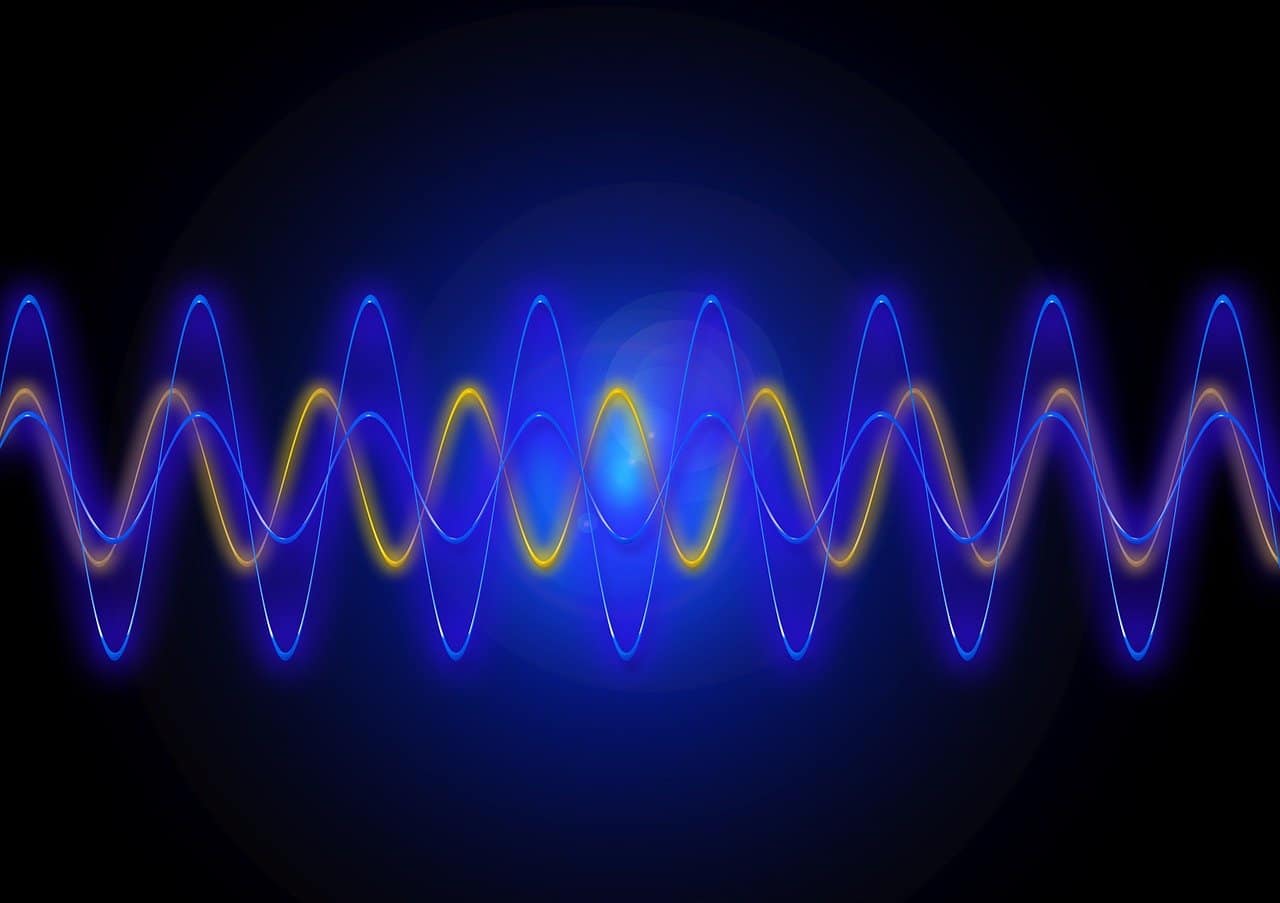
The antinode is the point of maximum amplitude of a standing wave.
Antinode is a point on a standing wave . It is a term that is used in the field of physics and is not part of the dictionary of the Royal Spanish Academy ( RAE ).
Node
The nodes are the points that, in a wave movement or a vibrating body, remain fixed . Knowing the meaning of this complementary concept is essential to understanding antinode.
Therefore, in the standing wave, the point where a minimum amplitude is recorded is a node. If we take a string that is vibrating, its ends are nodes (they remain motionless).
An antinode , in this framework, is the opposite of a node . At the antinode, the standing wave reaches its maximum amplitude .
The nodes are distributed in equally spaced intervals where the amplitude of the standing wave approaches 0 . The antinodes are located midway between each node, since the maximum amplitude is reached there.
standing wave
A standing wave is an oscillatory disturbance in which we can observe some points that do not move, the aforementioned nodes. Its origin occurs in two independent waves that share their values of frequency, wavelength (the distance between two antinodes or nodes) and amplitude, although their advance takes place in opposite directions. One more condition is that they interfere to form the standing wave.
Whether it is a membrane, a cylinder with air or a string, another characteristic of the standing wave is that it remains restricted to a defined space. With respect to the oscillation of the points, the amplitude in each case is linked to their position. The frequency, however, must be equal and coincide with that of each interference wave. The antinodes not only represent the maximum amplitude of vibration (which is equivalent to adding the vibration of the participating waves), but also the peak of the energy.
Regarding the name of this concept, it derives from the stationary ("not moving") character of the nodes. It can be said that standing waves constitute the characteristic pattern of a mode of vibration linked to the resonance of an object (such as the aforementioned case of a string).
In fact, in this framework we speak of resonance frequencies , those in which the wavelength and the dimensions of the object through which they propagate coincide, with the consequent amplification of the wave. The lowest is known as the fundamental frequency , while the rest have the term that represents the multiple of this.

Antinodes vibrate with the highest degree of wave energy.
Vibration mode
The vibration mode is a manner or pattern that can be observed in the vibration of a mechanical system and that is characteristic. In almost all systems there are several, and the area dedicated to their study is known as modal analysis . It is said that this phenomenon always represents the fusion of all modes of vibration, each with a different degree of excitation. A simple analogy is the appearance of a person: they all have the same properties (height, body mass, skin color, etc.) but their values are different in each individual.
In turn, the mode of vibration is the result of the combination of interference (a phenomenon produced when two waves overlap and give rise to the formation of another wave) and reflection (the change in direction of the wave produced by contact). with a separating surface). The point of minimum vibration of the standing wave is the node ; The point of maximum vibration is called the antinode .
